Fishing is big business. But with an ever-increasing world population that is placing increasing strain on the world’s natural resources, overfishing is a mounting concern.
Experts are saying we’re not nearly as proactive on this front as we should be. Regulators and watch groups have firm regulations and management tactics in place, but the sector continues to be plagued by fraudulent and exploitative practices. Can blockchain technology come to our rescue?
What’s Wrong with the Fishing Industry
Seafood is currently the world’s largest traded food commodity. Harkening back to our earliest ancestors, fishing is still fundamental to the livelihood of many coastal communities around the world.
In fact, 50 percent of the world’s seafood catch originates from an estimated 90 million small-scale fishers. Commercially, big fisheries in every country are stocking up on fast disappearing seafood bounty to satisfy increased consumer demands in both local and export markets.
The global population is expected to reach 9.7 billion by 2050, and there won’t be enough seafood in the world’s oceans to feed everyone. While this forms part of a much larger discussion about sustainable food production and consumption, the fisheries industry has its own regulation and management measurements in place to preemptively combat some of these issues.
One such measure is to regulate the fishing of certain species according to their breeding cycles. This would ensure that the specific ecology of fish species is afforded an opportunity to increase its numbers without overfishing the stock or even driving it extinct. Control and surveillance form an important part of fisheries management, and an ecosystemic approach is cardinal to managing what many see as an inevitable losing battle.
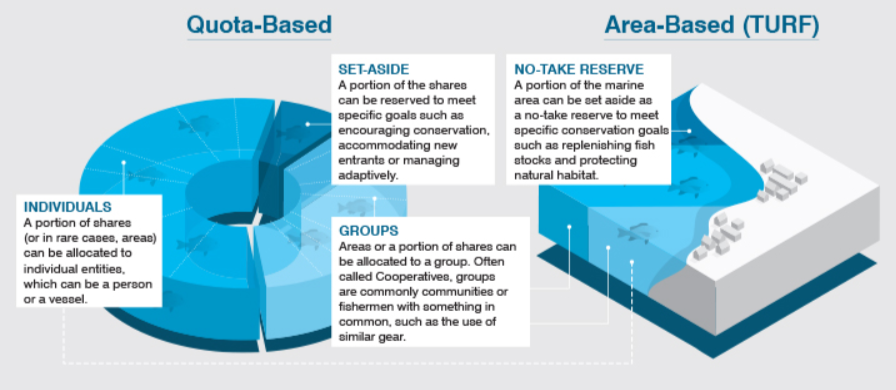
Issues that plague this measure are illegal, unreported, and unregulated fishing (IUU). Seafood fraud, misrepresenting or mislabeling seafood, is another major industry ill. Even an important human rights issue like slavery is still a modern-day reality in this industry.
How the Blockchain Can Help
Blockchain alone has the unique technological advantage in that it provides incorruptible data that is based not on agendas but on network-wide verifiable facts. It does this in a decentralized environment that is not limited to the data-supporting capabilities of any one central organization.
Turning its attention to the seafood industry, the tech shows a lot of promise in fighting the battle against IUU, seafood fraud, and undue exploitation of fishermen.
Traceability is a major factor in ensuring compliance with national and international regulations. Traditionally, traceability has had a heavy reliance on self-reporting and claims that were not easy to track and trace. Blockchain is a major differentiator.
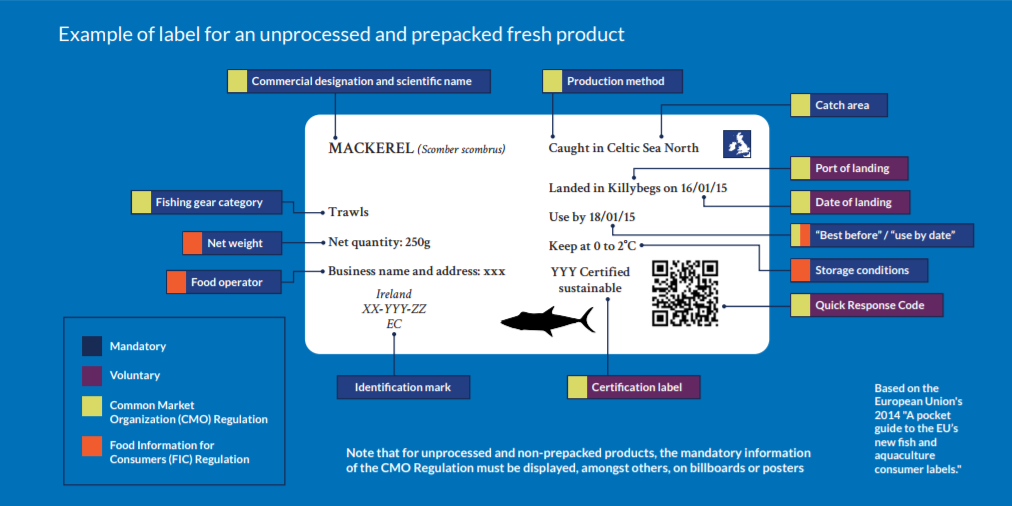
To that end, two companies in the blockchain industry are making inroads by introducing blockchain to the global fight against an unsustainable seafood industry.
Earth Twine
Earth Twine is a collaborative technology company working to transform the world’s seafood supply, aiming to bring greater transparency to the industry through technology. The business was started over 10 years ago thanks to a passion for quality food sourcing. Having since evolved into a seafood industry-focused organization, blockchain technology is their latest contribution to supporting the industry.
President Nancy O’Mallon has said that the 2011 introduction of the Food Safety Modernization Act (FSMA) is what prompted her to provide affordable and interoperable software for all stakeholders involved in the process.
Earth Twine now incorporates blockchain technology into their processes by employing SPARKL technology to connect data to the blockchain and allow for tamper-free auditing.
They have also partnered with Stratis to increase their dedication to supporting IUU compliance. Through the Earth Twine-Stratis Platform, the world’s first seafood industry blockchain for tracking and origin data, Earth Twine will provide the world’s seafood supply with a trustless audit trail.
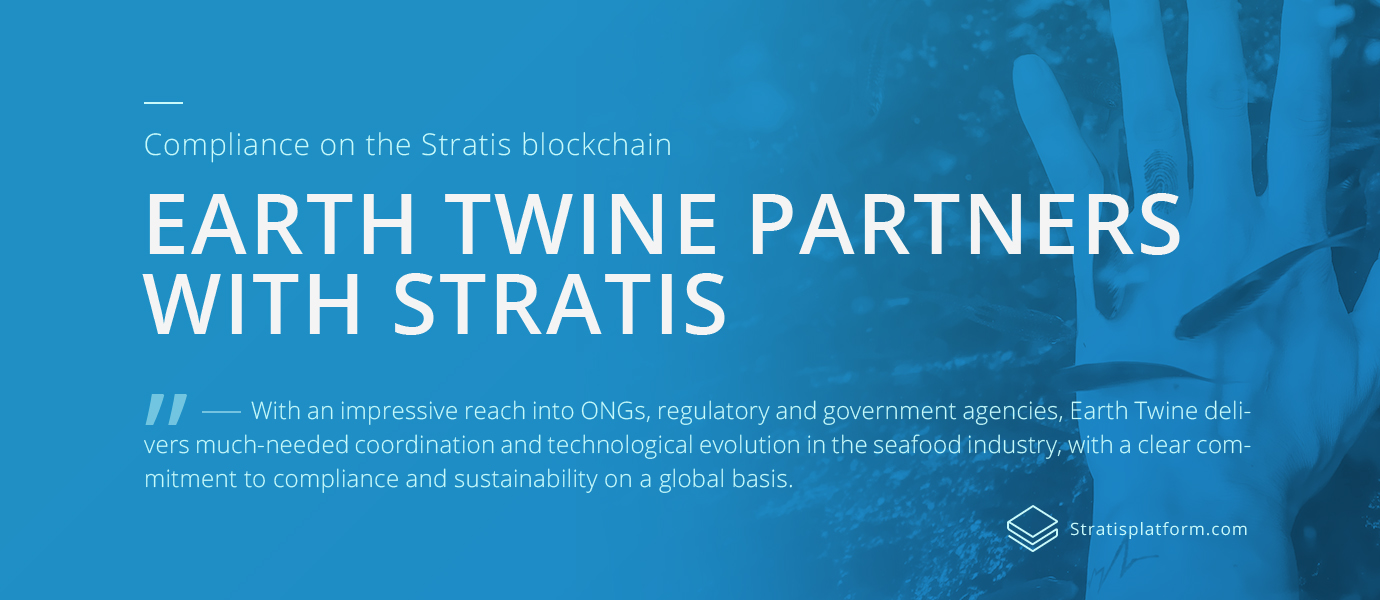
According to CFO Jill Brownson:
Most supply chain software solutions have strength in the finance side or the supply chain side – rarely both. Data in newer Supply Chain software is usually easy to access by “super users” and make them less dependent on IT. Supply Chain software is written to address the typical needs of business, not the specific needs of an industry. Being able to develop an industry-specific software solution with current technology and crypto-currency allows the design to be done that can be solid and easy, and more cost-effective for users to access the data that they need while recording the necessary regulatory information.
Follow them on Twitter.
Provenance
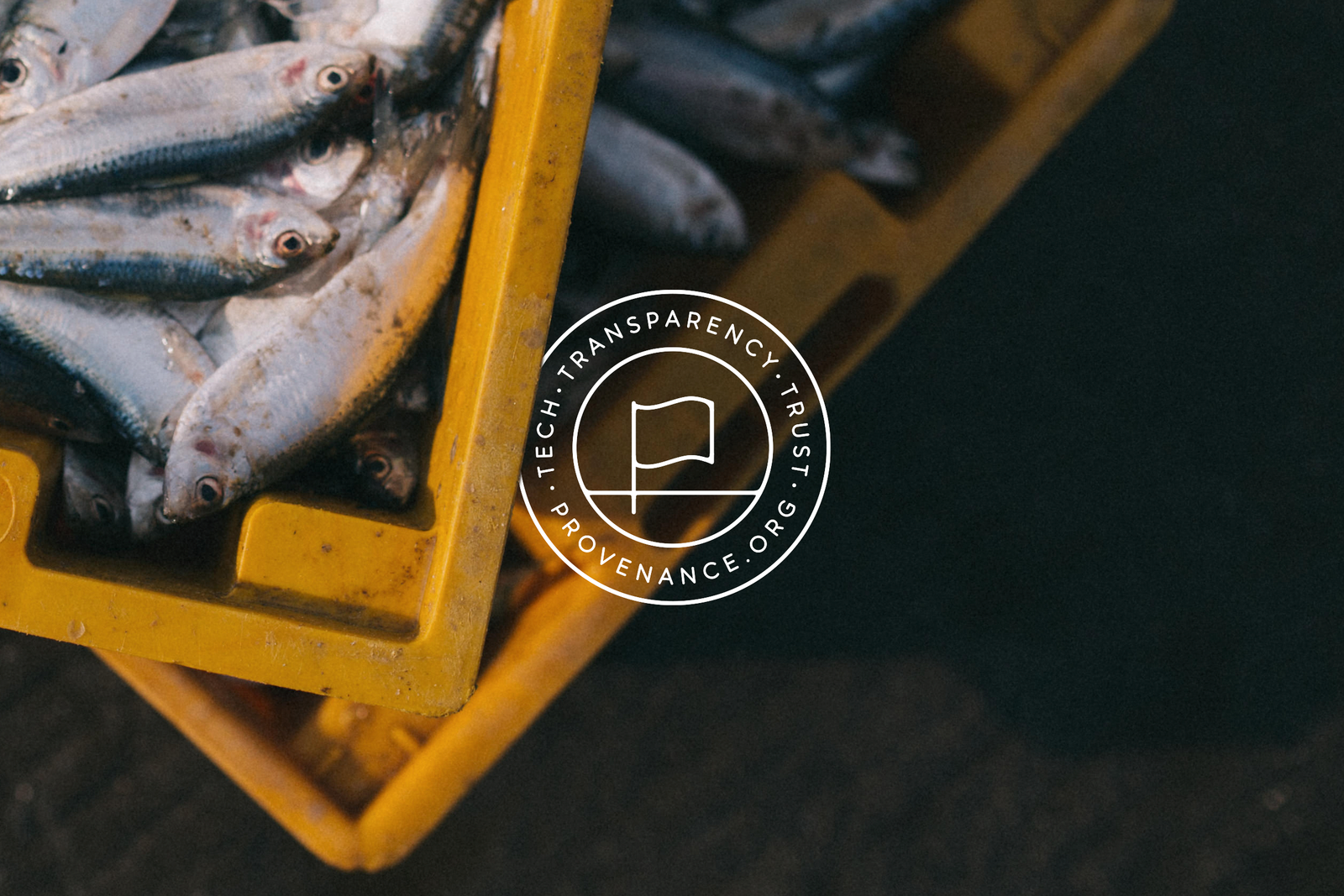
Invest in Blockchain has previously featured Provenance, a blockchain supply chain traceability company. Provenance piloted a track-and-trace project in Indonesia. The pilot was focused on supply chain tracking of Yellowfin and Skipjack tuna, and designed to test scaling of end-to-end (E2E) traceability.
In Indonesia, fishing is an important source of employment and national export, but purse seine (trawl net) fishing – especially Philippine tuna fishing vessels – poses a big threat to the livelihoods of countless traditional fishermen.
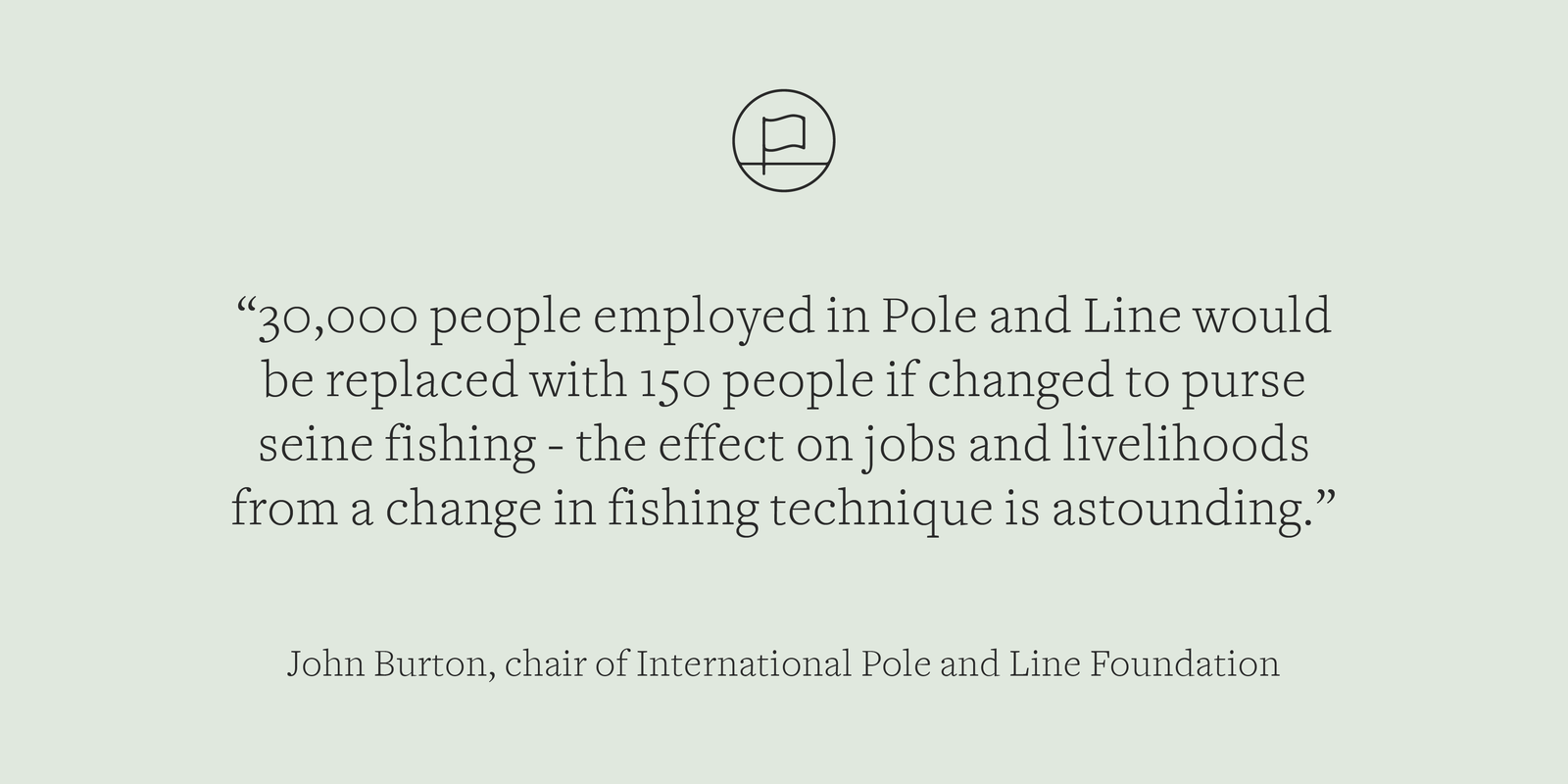
Phase I of the Provenance pilot enabled local fishermen to register a catch via SMS, which registers a new asset on the blockchain each time a message is sent. Thanks to unique (and permanent) IDs, each asset is transferred from fisherman to supplier, making the catch 100% trackable.
Phase II linked the blockchain with existing systems, and Phase III explored the consumer experience.
This pilot will eventually translate into worldwide consumption empowerment, whereby consumers will be assured that the seafood they consume has its sustainable origins that empowers the local community and supports human rights.
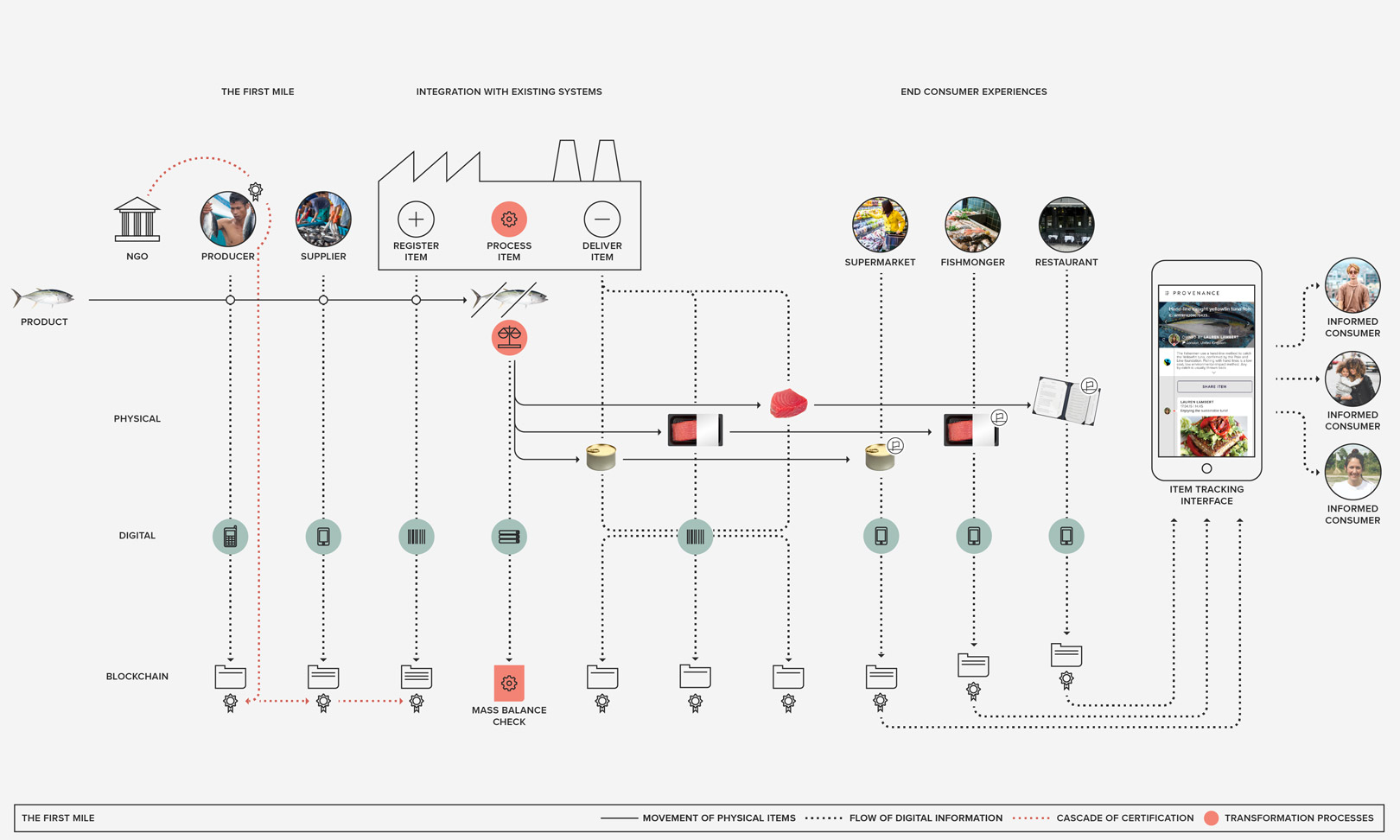
Provenance concluded the pilot saying:
The blockchain won’t solve traceability alone and indeed much of our pilot was spent looking at how information could even be digitised, let alone shared or secured. However, it does provide an ideal base layer upon which architectures for robust traceability systems can be built and participated in without ownership by the biggest or richest actor. It could also open up a powerful driver within this system – access to a premium payment for a fish that is of known origin and proven to be compliant with standards.
Follow them on Twitter.
A message that we reiterate over and over is that blockchain, being in its infancy, is neither a quick-fix nor a panacea, but it’s opening up hitherto-impossible technological solutions to pressing problems.
The efforts of these companies working in the seafood industry are but two of countless next steps to employ blockchain and other future technologies to empower industry transformations.

